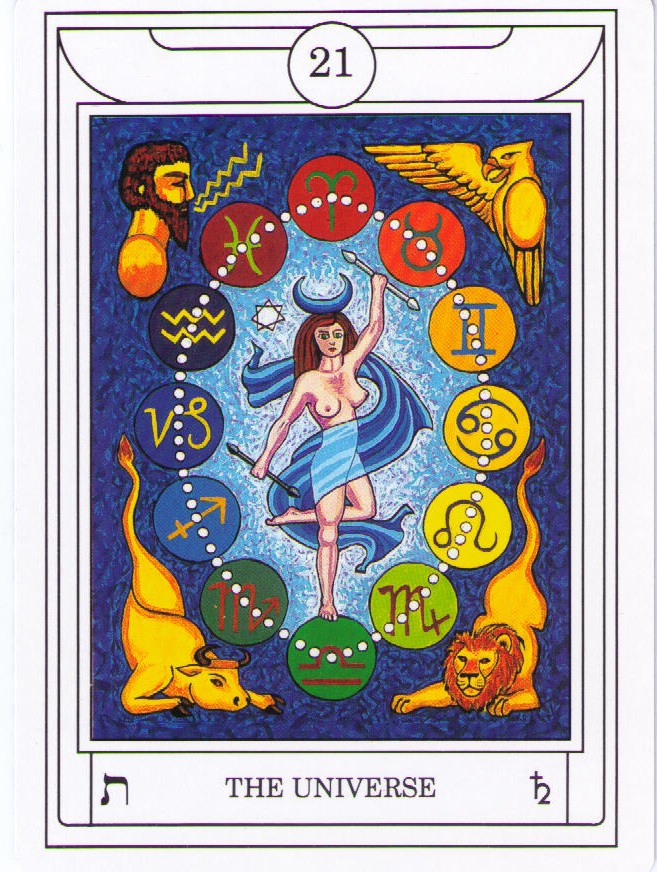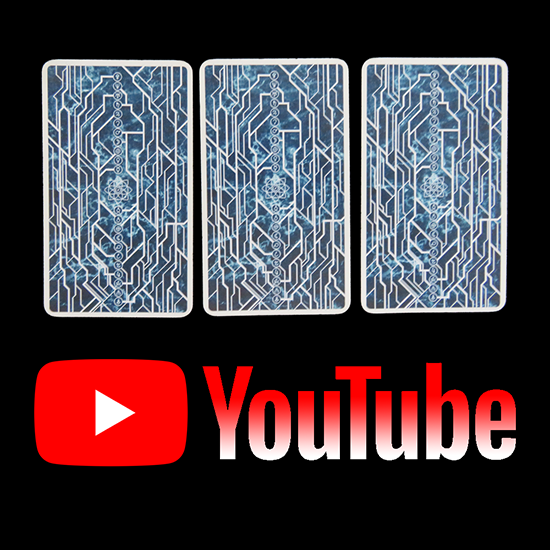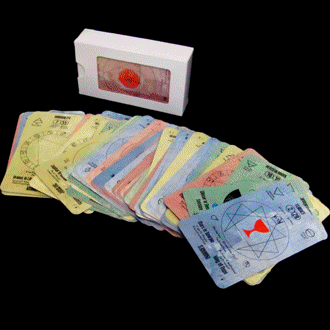The Hermetic Order of the Golden Dawn (Latin: Ordo Hermeticus Aurorae Aureae; or, more commonly, The Golden Dawn (Aurora Aureae)) was an organization devoted to the study and practice of the occult, metaphysics, and paranormal activities during the late 19th and early 20th centuries. Known as a magical order, the Hermetic Order of the Golden Dawn was active in Great Britain and focused its practices on theurgy and spiritual development. Many present-day concepts of ritual and magic that are at the centre of contemporary traditions, such as Wicca and Thelema, were inspired by the Golden Dawn, which became one of the largest single influences on 20th-century Western occultism.
The three founders, William Robert Woodman, William Wynn Westcott, and Samuel Liddell MacGregor Mathers, were Freemasons and members of Societas Rosicruciana in Anglia (S.R.I.A.). Westcott appears to have been the initial driving force behind the establishment of the Golden Dawn.
The Golden Dawn system was based on hierarchy and initiation like the Masonic Lodges; however women were admitted on an equal basis with men. The “Golden Dawn” was the first of three Orders, although all three are often collectively referred to as the “Golden Dawn”. The First Order taught esoteric philosophy based on the Hermetic Qabalah and personal development through study and awareness of the four Classical Elements as well as the basics of astrology, tarot divination, and geomancy. The Second or “Inner” Order, the Rosae Rubeae et Aureae Crucis (the Ruby Rose and Cross of Gold), taught proper magic, including scrying, astral travel, and alchemy. The Third Order was that of the “Secret Chiefs”, who were said to be highly skilled; they supposedly directed the activities of the lower two orders by spirit communication with the Chiefs of the Second Order.
The foundational documents of the original Order of the Golden Dawn, known as the Cipher Manuscripts, are written in English using the Trithemius cipher. The manuscripts give the specific outlines of the Grade Rituals of the Order and prescribe a curriculum of graduated teachings that encompass the Hermetic Qabalah, astrology, occult tarot, geomancy, and alchemy.
According to the records of the Order, the manuscripts passed from Kenneth R. H. Mackenzie, a Masonic scholar, to the Rev. A. F. A. Woodford, whom British occult writer Francis King describes as the fourth founder (although Woodford died shortly after the Order was founded). The documents did not excite Woodford, and in February 1886 he passed them on to Freemason William Wynn Westcott, who managed to decode them in 1887. Westcott, pleased with his discovery, called on fellow Freemason Samuel Liddell MacGregor Mathers for a second opinion. Westcott asked for Mathers’ help to turn the manuscripts into a coherent system for lodge work. Mathers in turn asked fellow Freemason William Robert Woodman to assist the two, and he accepted. Mathers and Westcott have been credited with developing the ritual outlines in the Cipher Manuscripts into a workable format. Mathers, however, is generally credited with the design of the curriculum and rituals of the Second Order, which he called the Rosae Rubae et Aureae Crucis (“Ruby Rose and Golden Cross” or the RR et AC).
Wang, in his introductory notes, refers to the “Golden Dawn Tarot” as the only truly esoteric deck ever to be published. It is also the only deck to reach public view that was designed for the exclusive use of a powerful secret fraternity. Included in this deck is esoteric symbolism that has been kept shrouded in mystery as part of the Western Esoteric Tradition. As does Kaplan, Wang notes that this is the deck from which some of the greatest esoteric writers of our age developed their ideas about the Tarot.
Created at the behest of the renowned occultist and father of the modern Golden Dawn movement Israel Regardie, this stunning deck masterfully blends traditional Tarot imagery with descriptions from the Golden Dawn initiation ceremonies. This is the first Tarot deck to incorporate the symbolism necessary for use in rituals.
Written and created by internationally known adepts Chic Cicero and Sandra Tabatha Cicero, this is ideal for the beginning student but equally appealing to expert Tarot readers. The accompanying book provides an introduction to Cabalistic, Zodiacal and Alchemical symbolism creating a powerful tool for divination and spiritual growth.
Complete with 256-page book and two versions of the Temperance card—as required in Golden Dawn rituals—this is the best Tarot available for students of the Golden Dawn and the Western magical tradition.
Created by Chic Cicero, Sandra Cicero
Tarot Deck – 79 Cards – Llewellyn, 2010
















What happened to the rest of the deck? Yesterday this site had all 78. Now just a few. Why?
I have posted the pictures of the cards for educational purposes only. However, it has come to my knowledge that many people are copying and then printing the decks causing damage to the creators and publishers. It was never my intention to harm the creators or publishers. So, I decide it to remove the complete sets and only left a couple of pictures. Sorry for the inconvenient. There are also several other reasons I do not want to talk about it at the moment. Thanks for the understanding!
Understood. I own the deck but enjoyed the ones from this site to meditate on throughout the day. I understand your reasons though. Namaste
Thank you! Have a nice day!